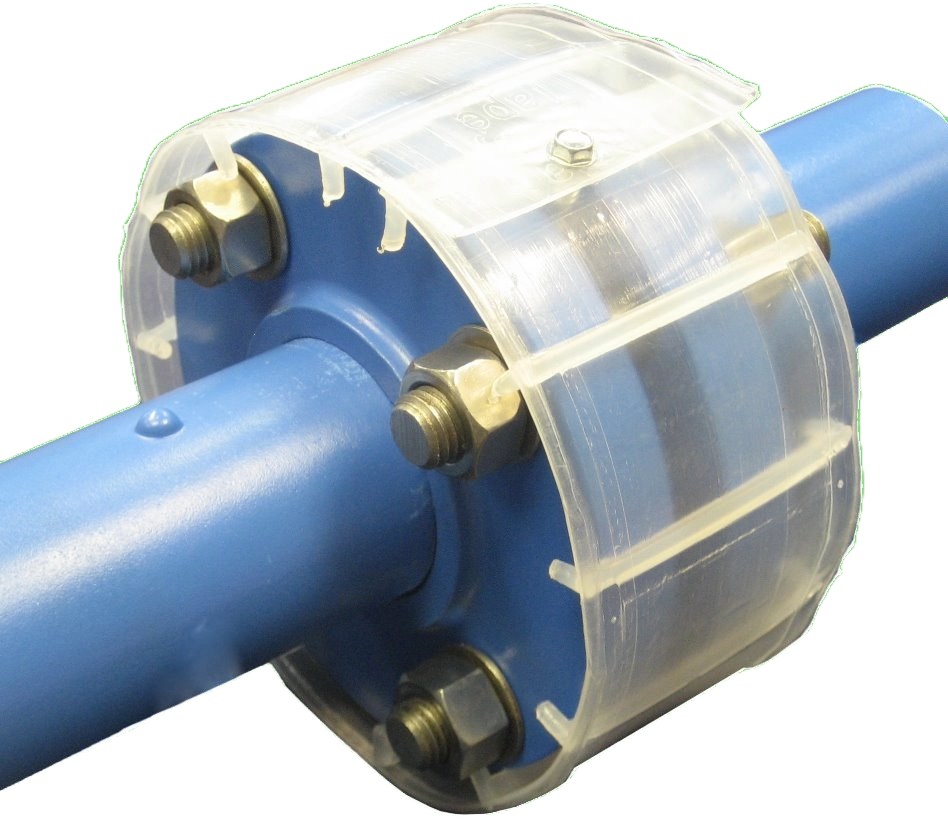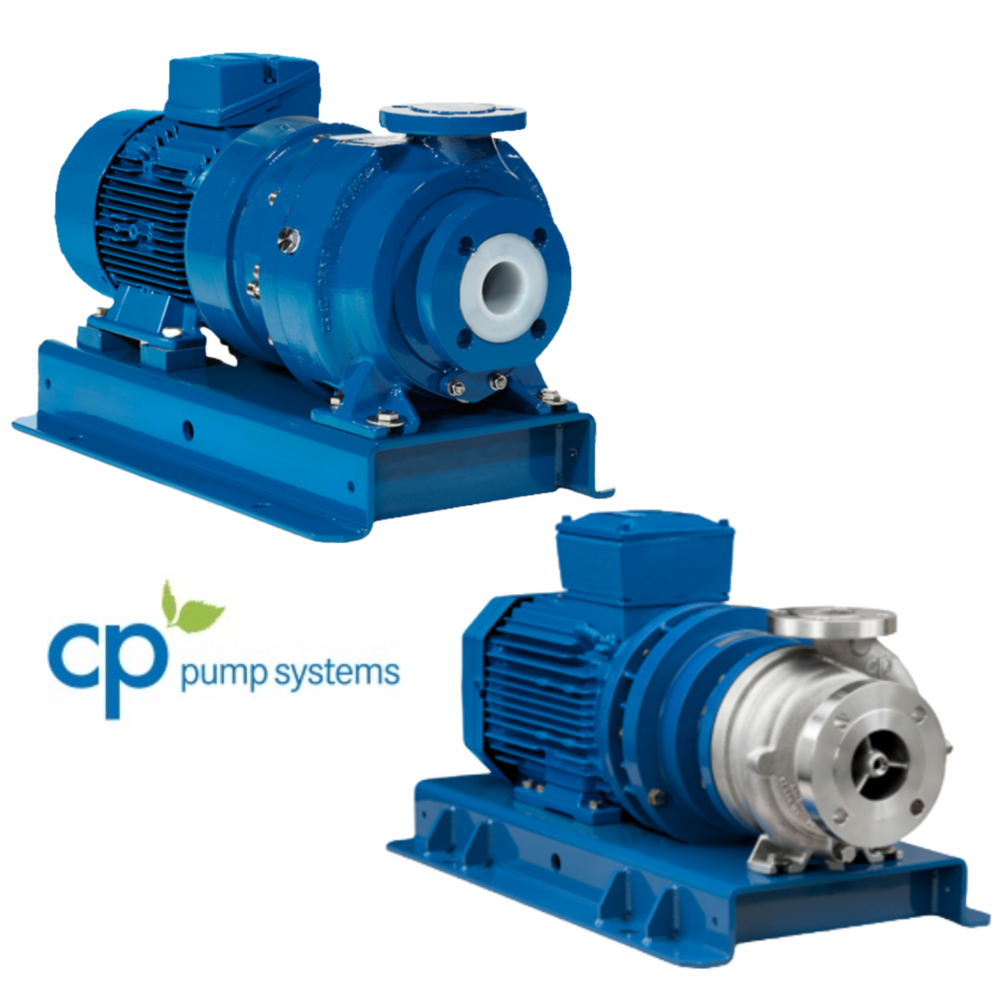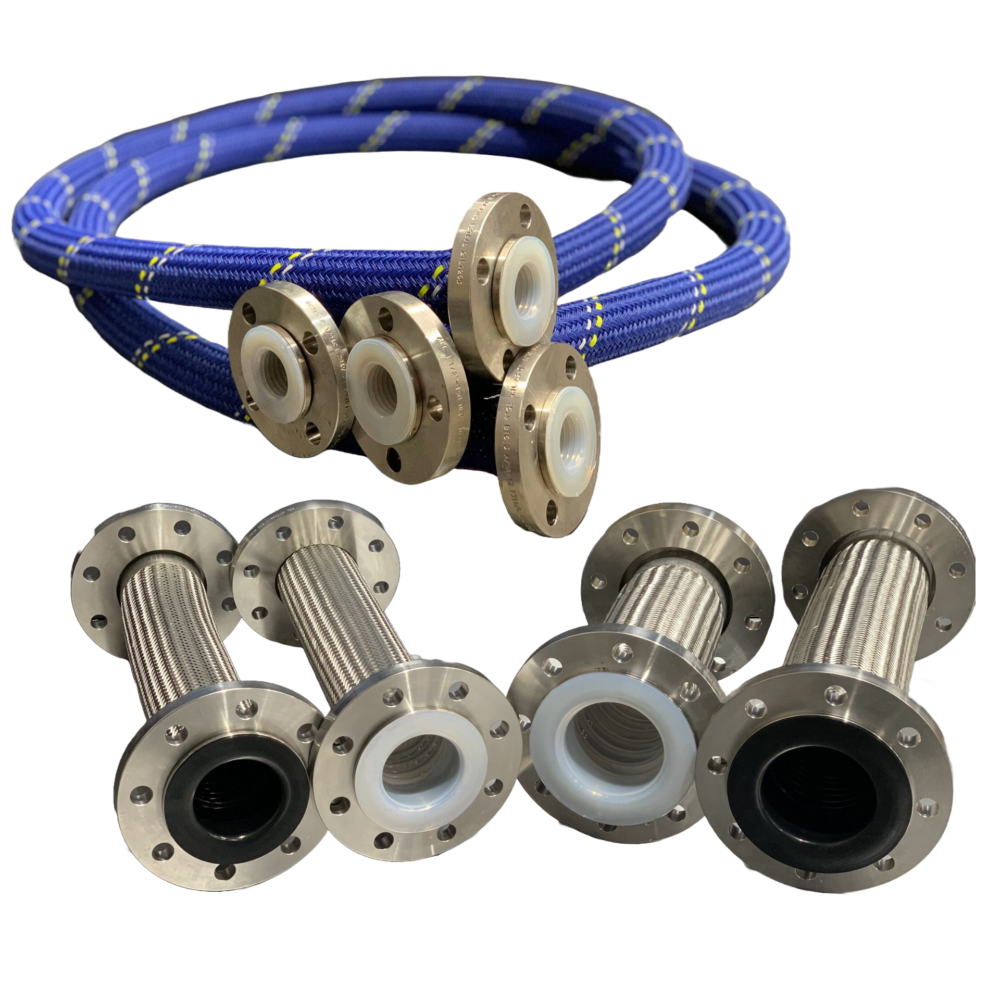Jacketed Piping
It is possible to provide a source of heating or cooling to a lined piping system by using jackets around the equipment. Here the core pipe is completely surrounded by a jacket pipe. The process material travels through the lined pipe as normal, whilst the heating or cooling medium travels through the outer jacket.
Jackets typically contain steam, hot water or oil. These can be operated at temperatures equivalent to the maximum operating temperature of the lining up to 200oC or the required process temperature if lower. Jackets can also work successfully at cryogenic temperatures, as long as the steelwork material is specified appropriately.
On a straight pipe spool the jacket usually extends almost to the end of the pipe, leaving some room to introduce the necessary vent between on the pipe. If the line is to be subsequently insulated such vents require welded bosses and extensions to ensure they system vents externally from the lagging. Connections to the jacket can be flanged, threaded or whatever the customer specification requires.
Fittings and Valves can also be jacketed, but it may be that their short length allows the process to remain heated, simply by insulating them.
The advantages of jacketing are that heat can be applied evenly to the pipe without the danger of localised hot spots, which can lead to localised liner damage or liner expansion, both of which can lead to liner collapse. Also jacketing allows for a smooth ramp up of temperatures – a useful attribute given the poor heat conducting characteristics of PTFE and PFA.
























































